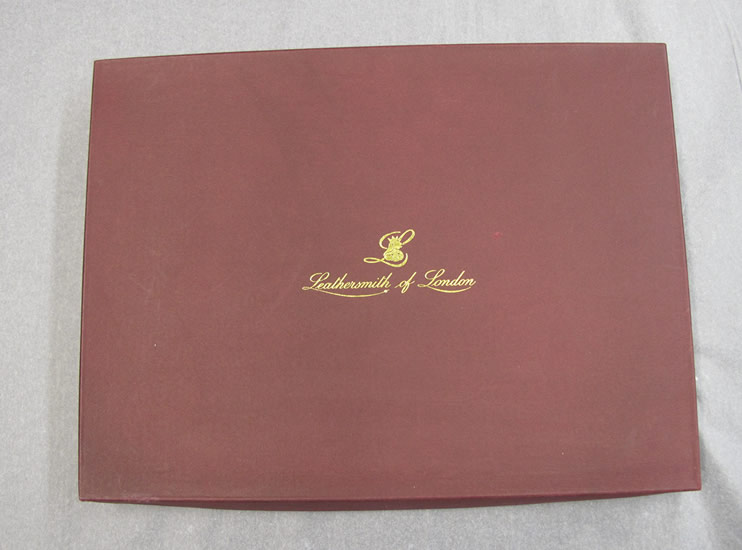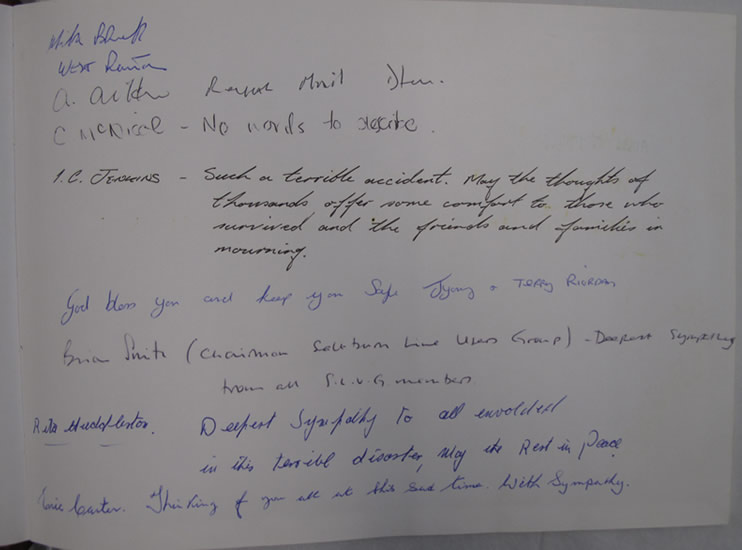
The Great Heck rail crash, widely known as the Selby rail crash, was a high-speed train accident that occurred at Great Heck near Selby, North Yorkshire, England on the morning of 28 February 2001. In the aftermath of the disaster a project was begun to commemorate the loss of life, and this is now preserved at the National Railway Museum.
On the morning of the crash, a London-bound GNER (Great North Eastern Railway) service struck a Land Rover that was obstructing the tracks and was deflected into the path of a Freightliner coal train heading for Ferrybridge power station. Ten people died, including the drivers of both trains involved and the chef and guard of the GNER service, and 82 people suffered serious injuries. The accident was (and still is) the worst UK rail disaster of the 21st century, and it deeply affected the railway industry community and the travelling public.
Following the accident GNER, who held the East Coast Main Line franchise, put out books at their stations for the public and members of staff to record condolences. The 17 books were signed by passengers, station staff, rail industry figures and local MPs. GNER also received dozens of letters and cards. The books were then gathered by GNER and stored in their headquarters which were located on Skeldergate.
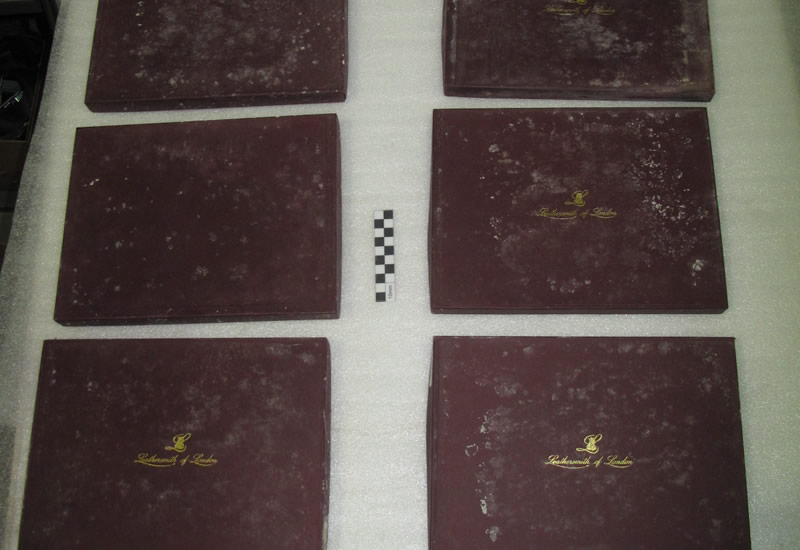
As recent news has shown, York is prone to flooding. During one of the floods that occurred between 2001 and 2014, the room that stored the books became flooded, the books became waterlogged, and suffered with mould damage. Virgin trains, who now run on the East Coast mainline wanted to repair and preserve the books for the future. They kindly offered to donate the books to the National Railway Museum, to become part of the national collection and a permanent memorial to the accident. They also generously offered to pay for the conservation of the books.
There are twenty volumes in total which consist of three albums that contain the small condolence cards, documents and letters, most of which are hand written, and the 17 hand-written books from the station. There are 18 which are a plastic-leather finish in individual card boxes, one bound volume of letters, and a large album with no box.
All of the objects had active mould damage that stains and degrades paper contained in the albums. The boxes that held the books also became misshapen and the strength of the boxes could no longer support the books. The mould had also become a hazard to health which meant the books were inaccessible and could contaminate other objects if left untreated.
The mould had to be removed safely using a combination of treatments which were used by the conservation department at the National Railway Museum and an independent paper conservator, Ruth Mathias who has worked with the museum over many years.
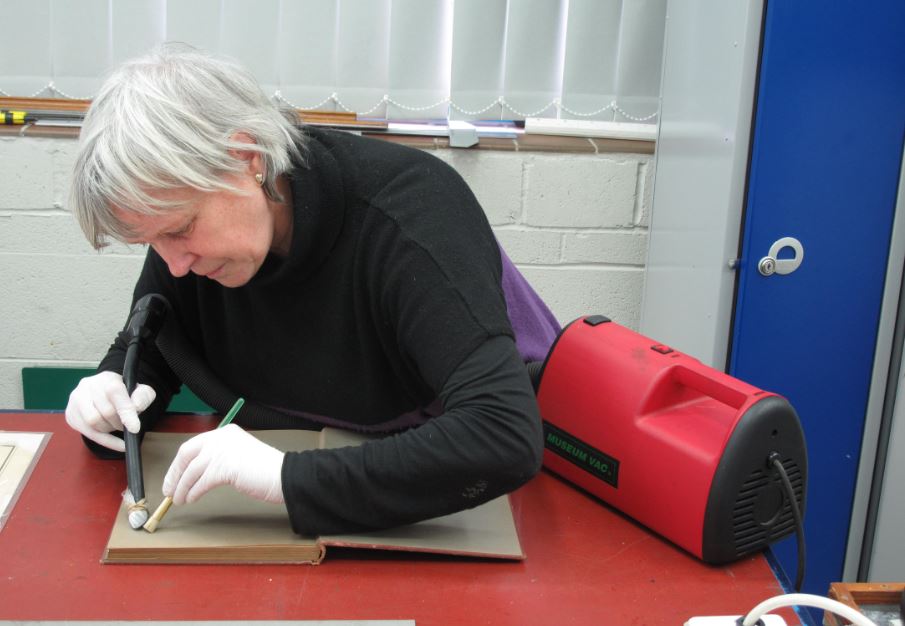
The mould was treated with a deep freeze; the objects were wrapped in two layers of inert polythene sheeting which prevents the formation of ice crystals, the objects were then lowered into minus 18 degrees, and this kills the mould and its spores. The books were frozen for two days. The books were then taken out the freezer to gradually warm to room temperature.
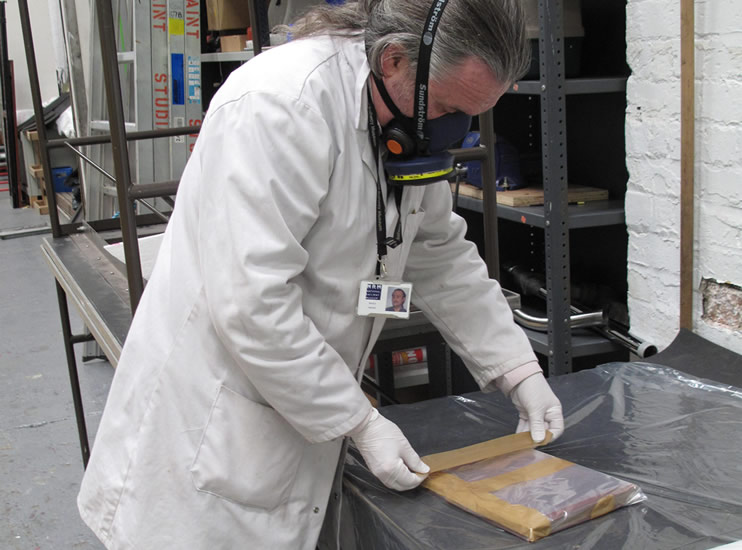
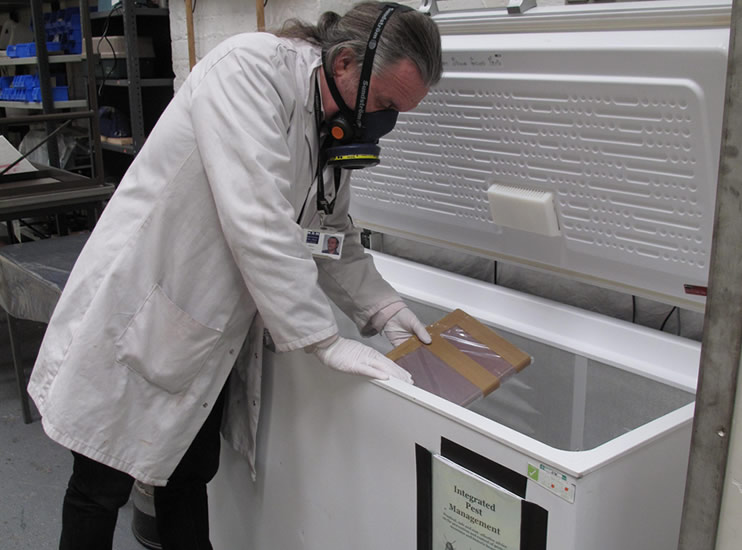
Once the mould had been treated, the paper conservator cleaned and conserved the albums individually in the studio. She used a brush and museum vacuum and brush which had a specialised filter to vacuum the mould spores; any mould that hadn’t been removed with the vacuum was treated with 50:50 Industrial methylated spirit and water. Once the mould had been removed, the degraded paper and cardboard boxes were consolidated with Japanese tissue paper and wheat starch.
The books are now stored in a controlled environment in the museum Archives, where they will be accessible to researchers and where they will be kept alongside other memorial documents such as World War 1 rolls of hour, as a permanent reminder of lives lost on the railway.
